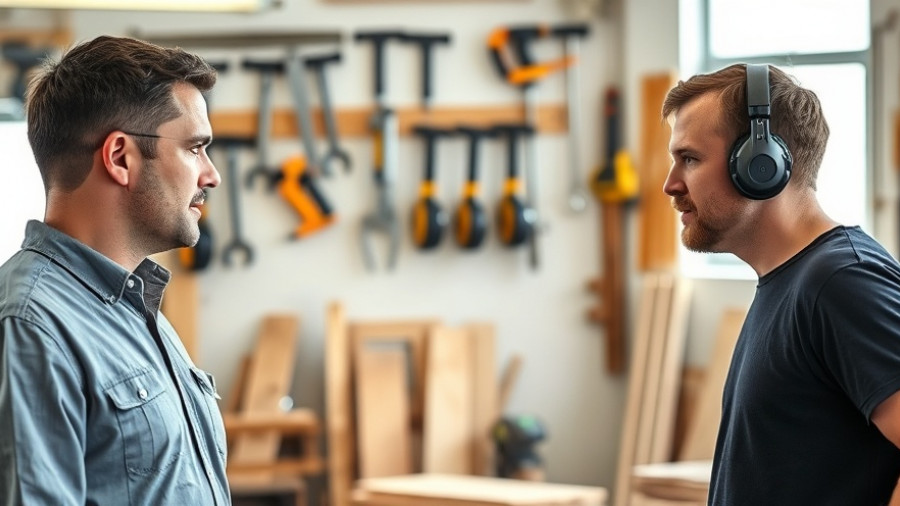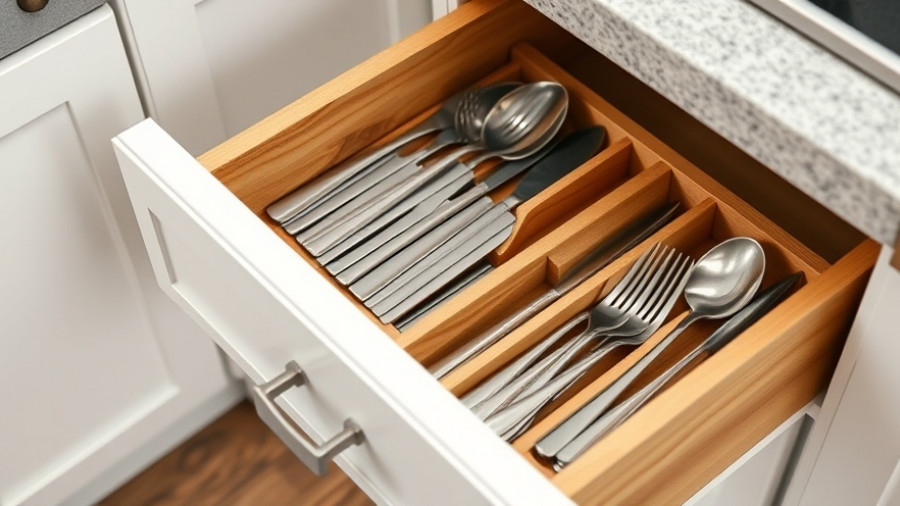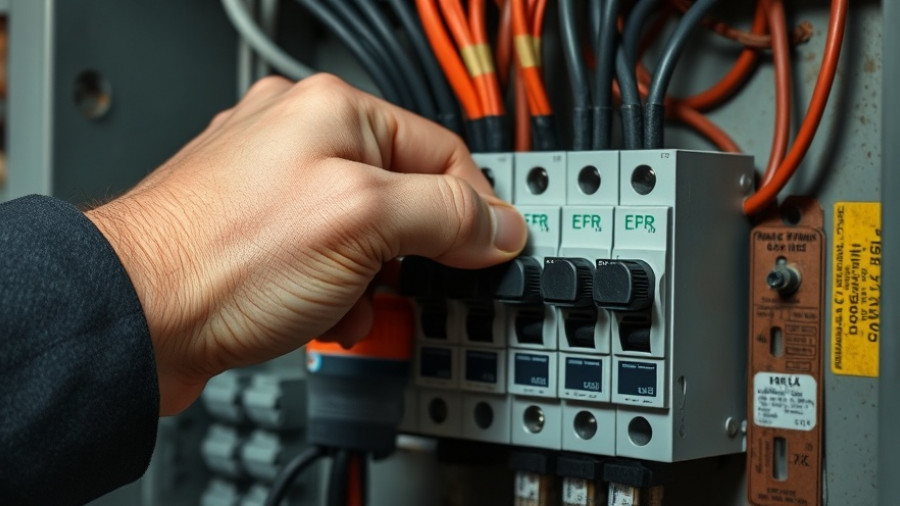
Understanding Sound-Induced Hearing Loss
Hearing protection is often overlooked by many, especially in the busy world of DIY projects and home renovations. As highlighted in the recent discussion with Dr. Steve, an audiologist, lingering exposure to loud noises can lead to sound-induced hearing loss—a condition affecting many individuals without their awareness. According to estimates, around 15,000 hair cells in each ear can be damaged by loud sounds, leading not just to hearing loss but also to troublesome conditions like tinnitus, characterized by ringing in the ears.
In 'The Importance of Hearing Protection | Ask This Old House', the discussion highlights the critical need for hearing safety and its effects on our daily activities, prompting us to expand on its significance.
The Dangers of Everyday Noises
It's crucial to understand that not all loud sounds are created equal. Dr. Steve noted that power tools on a construction site can produce high-decibel sounds that pose significant risks. For instance, a miter saw measures over 100 decibels while a simple hammer can peak above 120 decibels – sounds that can cause immediate damage. This insight echoes the importance of sound management not just for professional contractors but also for homeowners engaging in weekend projects.
Effective Hearing Protection: Myths & Realities
With various options for hearing protection available on the market, knowing what works best is key. There are over-the-ear earmuffs and different styles of earplugs, which vary in effectiveness depending on usage. Dr. Steve emphasized that properly fitted foam earplugs can offer substantial protection but are often used incorrectly. Many fail to insert them deep enough or might not wear them consistently, diminishing their effectiveness.
Technology in Hearing Protection
New technology is introducing innovative hearing protection solutions. Active noise-cancelling earmuffs and advanced earbuds can reduce harmful sounds while still allowing for conversation, which is essential in environments where communication is necessary. Dr. Steve also mentioned the availability of smartphone apps like the NIOSH SLM app that help individuals measure noise exposure—a simple yet effective tool for those keen on protecting their hearing.
Take Control of Your Hearing Health
The key takeaway from this discussion is a proactive approach to hearing safety. Whether you’re a homeowner tackling projects solo or a weekend warrior, always prioritize wearing hearing protection—even for seemingly minor tasks. Consider carrying a compact case for your earplugs to ensure you’re never caught unprepared. The best hearing protection is the one that's right for you and, most importantly, the one you actually remember to wear.
 Add Row
Add Row  Add
Add 




Write A Comment